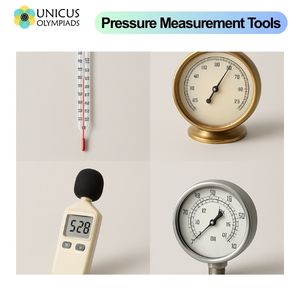

Measurement is an essential part of daily life, helping us track quantities, understand distances, and ensure accuracy in everything from school assignments to household chores. Whether it’s for learning, cooking, or managing finances, various tools have been developed to help us measure and quantify different properties. Let’s explore some of these tools, their functions, and the inventors behind them.
Tools to measure length and distance are essential in many everyday activities, from measuring ingredients for cooking to calculating the size of furniture. These tools are used widely in education, construction, and personal tasks.
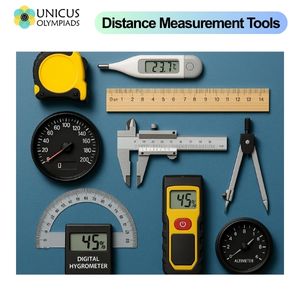
Measuring weight is crucial in both school settings (for science experiments) and daily life (for cooking, shopping, or health management). There are a variety of tools to measure weight, from simple scales to advanced digital weight sensors.
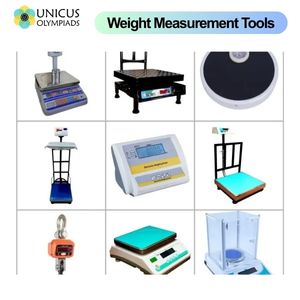
Time measurement tools are essential in our daily routines, whether it's for school activities, work, or personal tasks. These tools range from traditional clocks to modern digital devices.
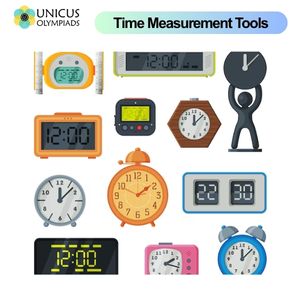
Measuring volume is essential for tasks like cooking, chemistry experiments, and even managing liquids in daily life. From liquid measurement cups to precise volumetric flasks, these tools are widely used in various fields.
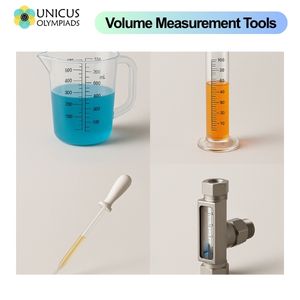
As previously mentioned, tools for measuring temperature, pressure, and sound are crucial for both everyday tasks and scientific applications. Let’s revisit a few key tools:
